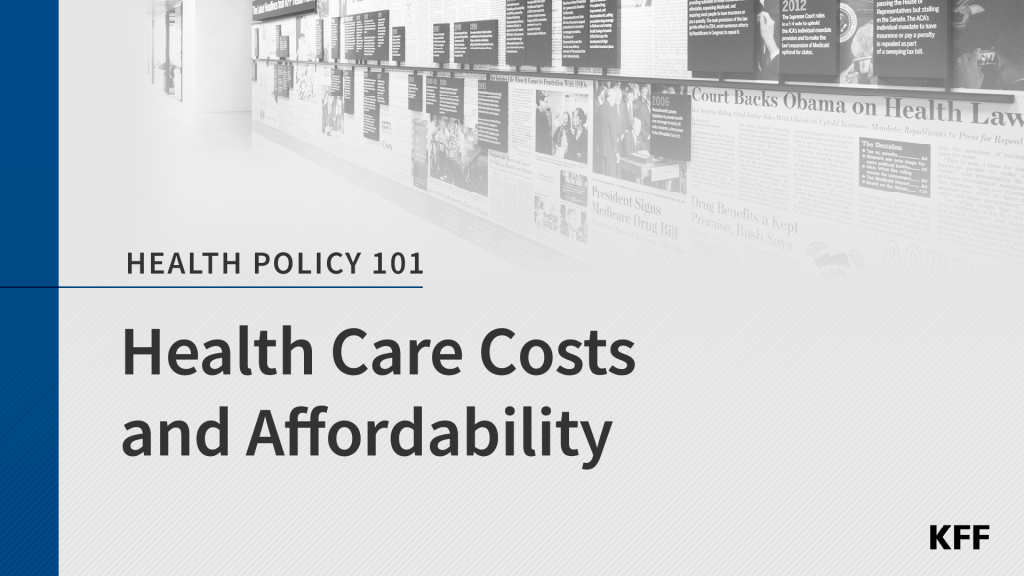It Pays to Shop: Variation in Out-of-Pocket Costs for Medicare Part D Enrollees in 2016
This analysis focuses on out-of-pocket drug costs for Medicare Part D enrollees in 2016 for specialty, brand, and generic drugs. Part D drug plans differ considerably in the drugs they list on their formularies, their use of formulary tiers, and the level and structure of cost sharing applied to those tiers. Plan decisions affect different beneficiaries in different ways, depending on the drugs they use. The financial consequences for Part D plan enrollees can be substantial. In addition to examining costs for common drugs, we also examine profiles of multiple drugs for several hypothetical Part D enrollees.
